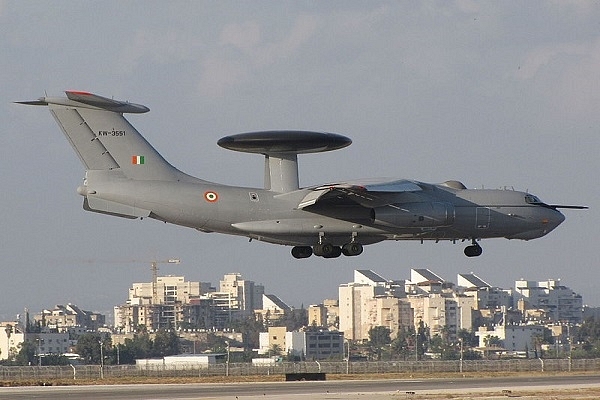
Indian Air Force To Get Two More PHALCON AWACS Aircraft To Counter Rising Threat From Pakistan
In a move to bolster the Indian Air Force’s (IAF) surveillance capabilities, the Ministry of Defence on 25 February moved the Cabinet Committee on Security (CCS) for the procurement of two additional Israeli-made PHALCON airborne early warning and control systems (AWACS), reports Hindustan Times.
Interestingly, just a day later, on 26 February, India launched air strikes on terror camps in Balakot, Pakistan believed to be used by Jaish-e-Mohammed Jihadists.
The deal for two new PHALCON AWACS aircraft is reportedly worth $2 billion. The decision to procure more such surveillance aircraft is being felt due to the fact that Pakistan already has seven such aircraft in service, while the IAF only has five.
Post-Balakot, Pakistan was able to cover its territory with round-the-clock AWACS surveillance, while India could only have AWACS up for 12 hour stretches at the northern and western borders.
AWACS are critically useful in providing prior information about approaching enemy air movements, meanwhile directing defence assets to tackle any breach of air space.
The Israeli-built PHALCON system comes equipped with a high-tech Green Pine radar system, which has a range of 300 to 500 kilometres. The same aircraft was used to direct operations against a Pakistani squadron in Nowshera on 27 February.
On the other hand, Pakistan Air Force has at its disposal three SAAB-2000 and four Shaanxi Y-8 turbo-prop AWACS. The SAAB aircraft have altitude limitations due to the use of turbo-prop engines.